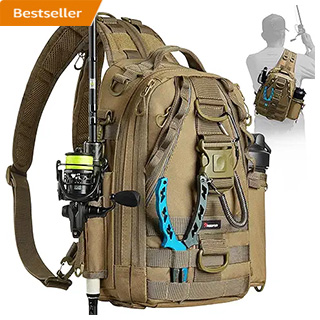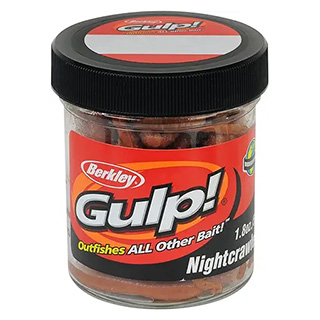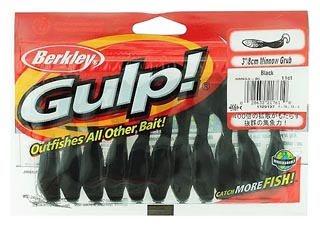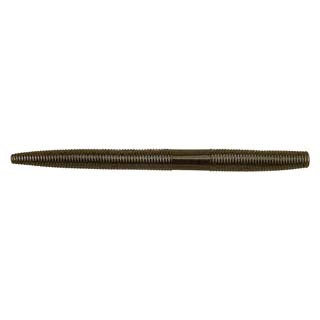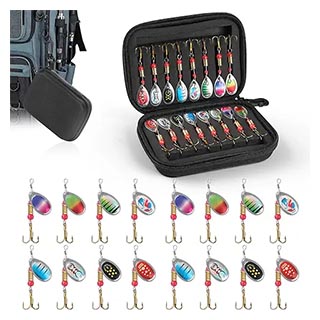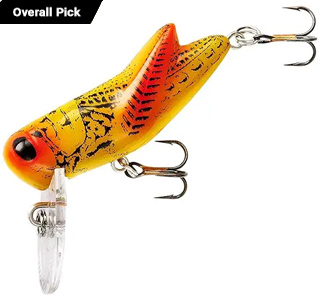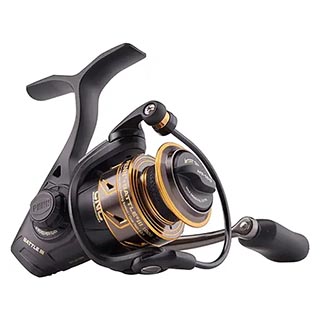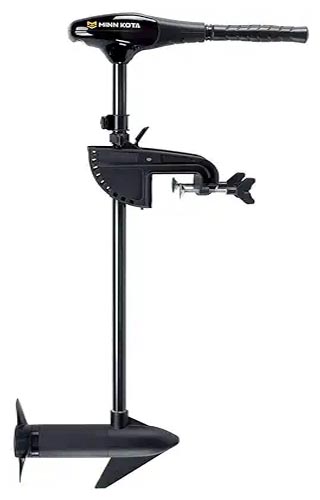Not Just Fishing!
Fishing Articles and Information

Fishing Reel Maintenance
By Iain Loveman

It's hard to believe but Fall is already here and Winter is just ahead. So, I thought I would give you a heads up on things you should be thinking about doing. Let's talk about those rods and reels.
Now, before you stick them away in the closet or rack, you should do some maintenance.
Fishing Reel maintenance is critical and if
you want your prize reel to go to waste then read no further. Let's get started by clearing an area in your workshop or even the kitchen
table. Now, take your reel and place it on a clean rag.
This will help contain any mess you make and keep all those little parts together. If the manufacturer didn't think they were
necessary they wouldn't have bothered putting them in there.
What Not To Use, Common Mistakes ...
Now despite what you best fishing buddy says, vegetable oil, fat or cooking oil are a no-no.They are too thick and just get
thicker in the cold. Never use mineral oil it will eat away at rubber and plastic. If you have to use WD 40 use it sparingly and
not very often. I have found that it actually attracts water and with water comes rust.
So what's left a light machine oil like:
* 3-in-1
* REM OIL
* manufacturers recommended oil
* Garcia Reel Lube and lithium based grease
The whole point here is that your looking for oil with a low flexible, elastic, pliable viscosity.
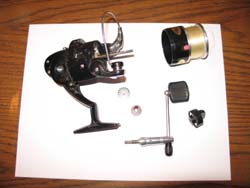
Ok, let's tackle that reel (excuse the pun). If you can find that little manual you got when you bought it should have all the information you need to properly reassemble and maintain your reel. Next, wipe any debris from the outside of the reel and then test your reel to see if it is working properly, if it isn't then you are already looking at a repair job. At this point your looking for anything out of the ordinary, like, sounds it never made before, clicks or something rubbing.
Your first test will be to tighten the drag and ensure a lot of resistance against the line being fed or the spool being turned. Next, loosen the drag to nearly nothing, your spool should spin easily in your hand. The whole point of this exercise is to get a wide range of drag adjustment. If your not then your drag washers need to be replaced.
So far, so good, great. Let's flip that bail a couple of dozen times. It must have a good snap. If you have a problem here, it could be because it is mounted to tight or you have a worn bail spring. Check the alignment of the bail, it should seat squarely to its mount. Next, if your reel has anti-reverse or any other features make sure they are working properly. Everything should move just like it came out of the box. Finally, spin the handle and let it freewheel, you should get 3 or more turns easily.
Handling your parts ... How to disassemble ...
The next "order" of business and I mean that literally is the "disassembly".
Keep your parts in the
order you removed them.
If your done with this reel for the season, then remove the line and put it somewhere for recycling. Yes, you
can recycle your line but I will discuss that in a later newsletter. Now, remove the spool and look for loose parts, metal bits or
debris.
If you find any of this then your reel is damaged and needs to be repaired. If all is well then give the inside and outside
of the spool and main shaft a cleaning with a lint free rag. Remove the reel handle and clean it as well.
If you can, remove the drag washer stack and inspect all drag parts for chips, cracks, eccentric holes, filings or powder, uneven wear, thin washers and shiny grooves. These are all indications that your reel is in need of repair or about to fail and we all know what that means.
I know if you have got this far then everything is ok with the reel and we can procede with the lubrication. Here is where the manual comes in handy. It will tell you where, how much, what type and if you should apply a lubricant. You may also need lubricant on the bail, handle and shaft. Now all you have to do is put the reel back together in the reverse order.
Once you have the reel back together, test it again to make sure its working properly and wipe off any excess lube and your reel is now ready for storage, but I already know your going to have to "use it ONE last time".
Depending on the amount of time you spend fishing you may have to clean and inspect your reel several times a year. However, I recommend you also remove the manufacturers grease from the bearings and main gear or pinion once a year. There are purposely designed solvents for cleaning your reel, so use them with Q tips and a cloth.
